Kenyans use various platforms to save money, ranging from formal financial institutions to informal savings groups. These platforms offer different benefits, depending on accessibility, convenience, and financial goals.
A report by Old Mutual Kenya titled Financial Services Monitor has revealed that many Kenyans more use of Chamas and mobile money facilities as savings platforms, than banked savings.
58 percent of the respondents use their mobile money facility for saving.
They said the benefits of using mobile money are convenience, ease of use and quickness.
Some of the popular mobile money platforms used for saving and financial management include M-Shwari, KCB M-Pesa, Airtel Money, Equitel, Timiza and Pochi la Biashara.

Top Platforms Kenyans Use to Save Money
Meanwhile, Kenyans who currently save in a Chama is 48 percent while only 32 percent save in banks.
The respondents said the benefits of saving in a Chama is affordability (low contributions), access to loans and flexibility.
24 percent have cash savings at home (unbanked cash) and 16 percent save money in Savings and Credit Cooperative Societies (SACCOS).
Also Read: 1,000 CEOs Advise Ruto on How to Improve Kenyan Businesses
Other Kenyans prefer to save in trade and invest in shares, in a business, a property and a livestock.
Children’s education remains the leading savings goal among Kenyans, with 44% of individuals prioritizing this expense.
In fact, 5% of Kenyans are saving through a formal education policy to secure their children’s education costs in the long term.
Furthermore, 27% of Kenyans are saving money to start their own business or expand an existing one,
Additionally, there has been a notable increase in savings for the family’s future, with 25% of respondents prioritizing this goal.
Alongside these goals, 23% are focused on saving for a home of their own, demonstrating a strong desire for property ownership and financial stability.
In addition, 22% of individuals save for emergency expenses or a rainy-day fund, as well as to further develop their business or farm.
Meanwhile, 19% are saving for a better home, property, or home improvements, and 13% are preparing for a comfortable retirement.
Lastly, 9% save specifically for medical or health expenses, highlighting the growing importance of healthcare savings.
Also Read: Top 10 High-Demand Skills Across Industries for the Global Workforce
Saving Purposes Across Age Bracket
Saving for children’s education is a top priority across life stages. Retirement savings is one of the top priorities among 50+ year olds.
For those aged 20-29 years, the top priorities are children’s education, money to start their own business, further developing their business, emergency expenses, and owning a home.
In the 30-49 years age group, the focus shifts slightly to include children’s education, money to start their own business, saving for the family’s future, owning a home, and emergency expenses.
Meanwhile, individuals in the 50-59 years range prioritize children’s education, saving for their family’s future, owning a better home or making home improvements, and emergency expenses, alongside preparing for retirement.
A survey on how long individuals’ savings would last if they were retrenched provided insightful findings.
According to the survey, 21% of respondents stated that their savings buffer would last less than a month, while 19% said their savings could cover only one month.
A further 16% reported they could manage for two months, and 19% mentioned their savings would last for three months.
Interestingly, the highest percentage, 25%, indicated that their savings would last for more than three months.
Follow our WhatsApp Channel and join our WhatsApp Group for real-time news updates



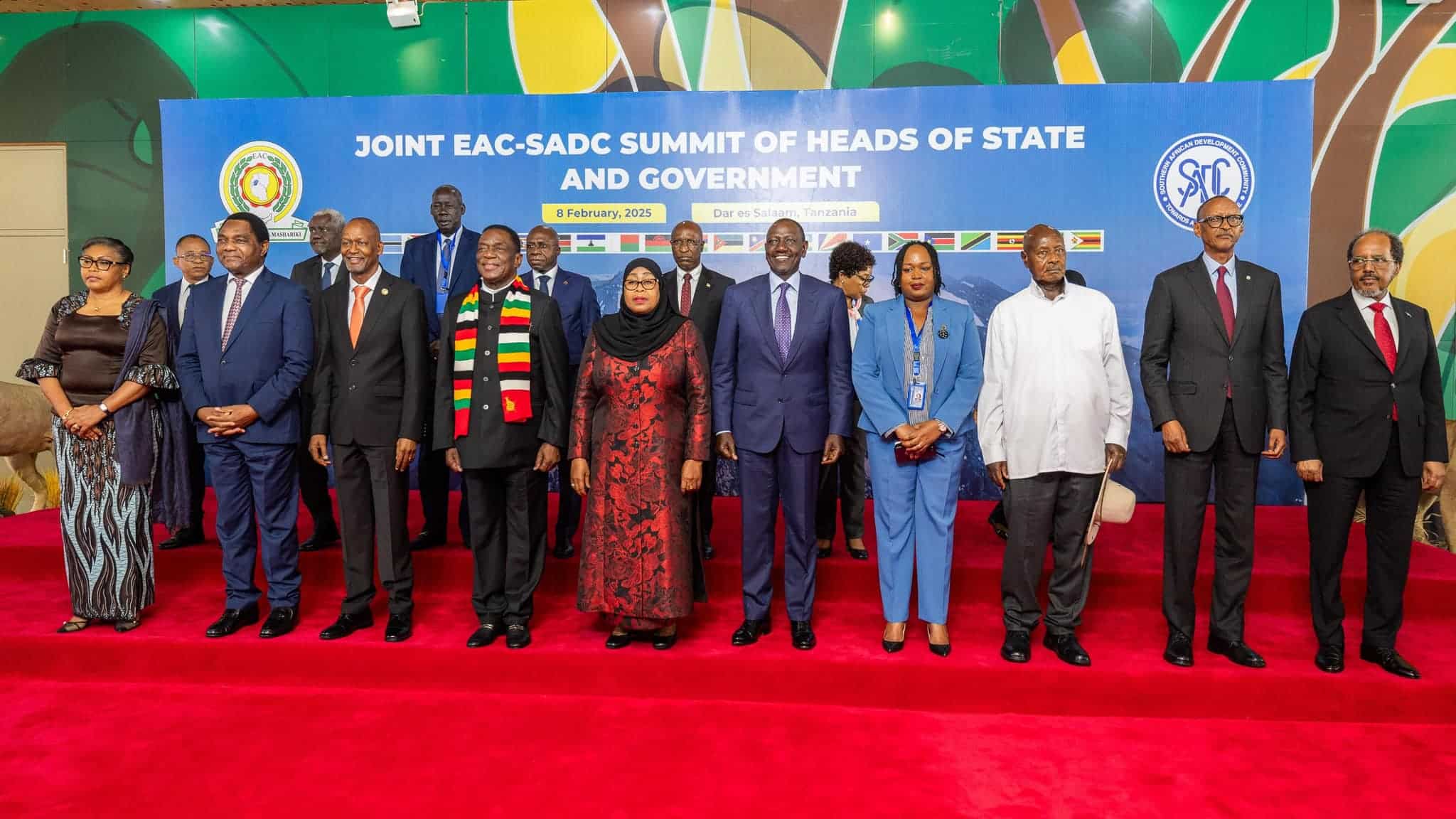
![Debate Rages Over Proposed Increase In Legal Drinking Age [Video] Nacada Raises Legal Drinking Age From 18 To 21]( https://thekenyatimescdn-ese7d3e7ghdnbfa9.z01.azurefd.net/prodimages/uploads/2025/07/beer-360x180.jpg)


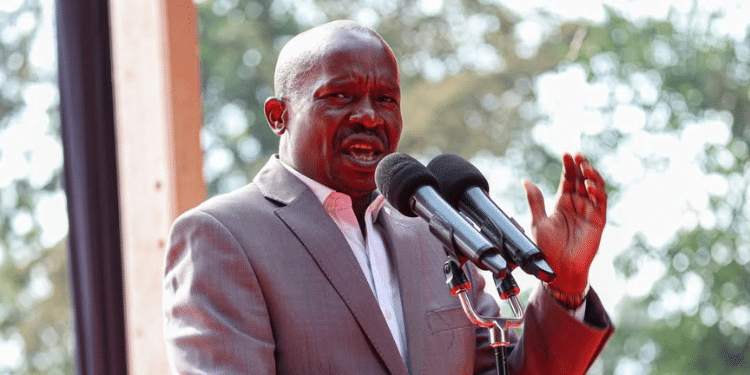





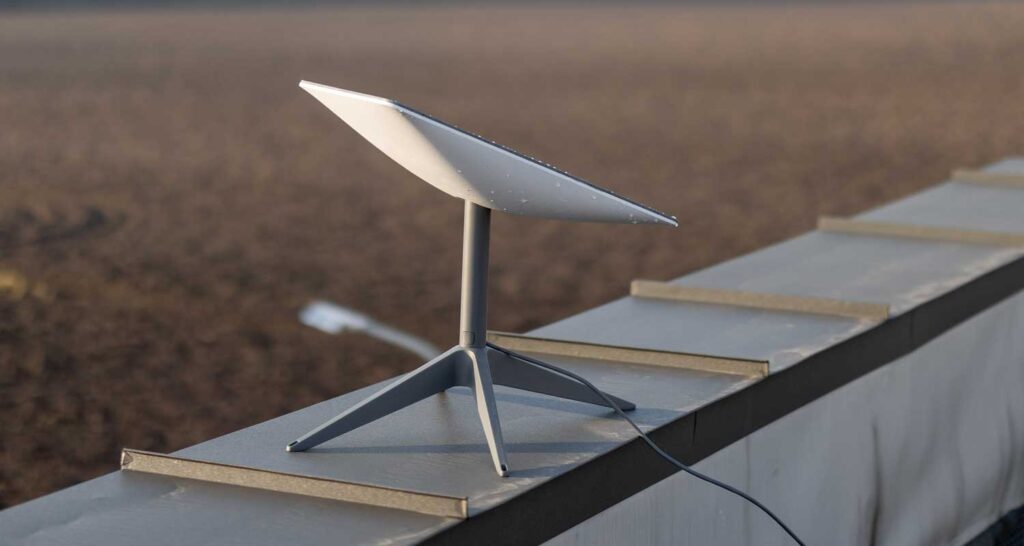




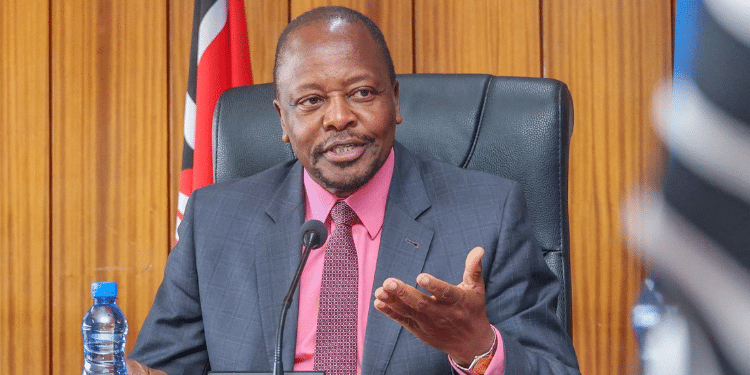




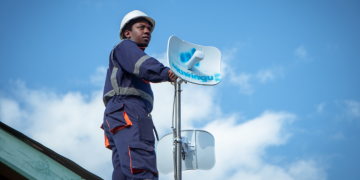
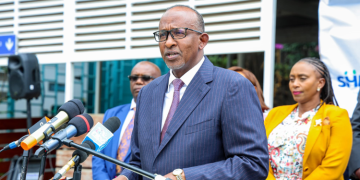







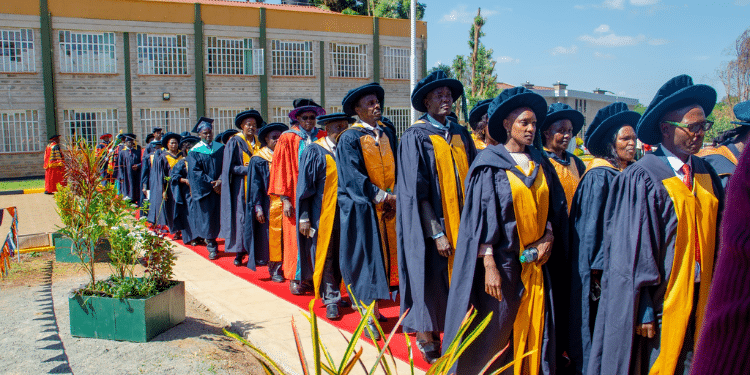
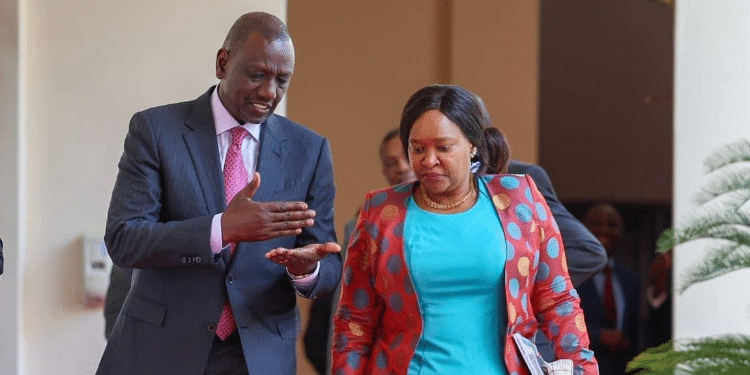



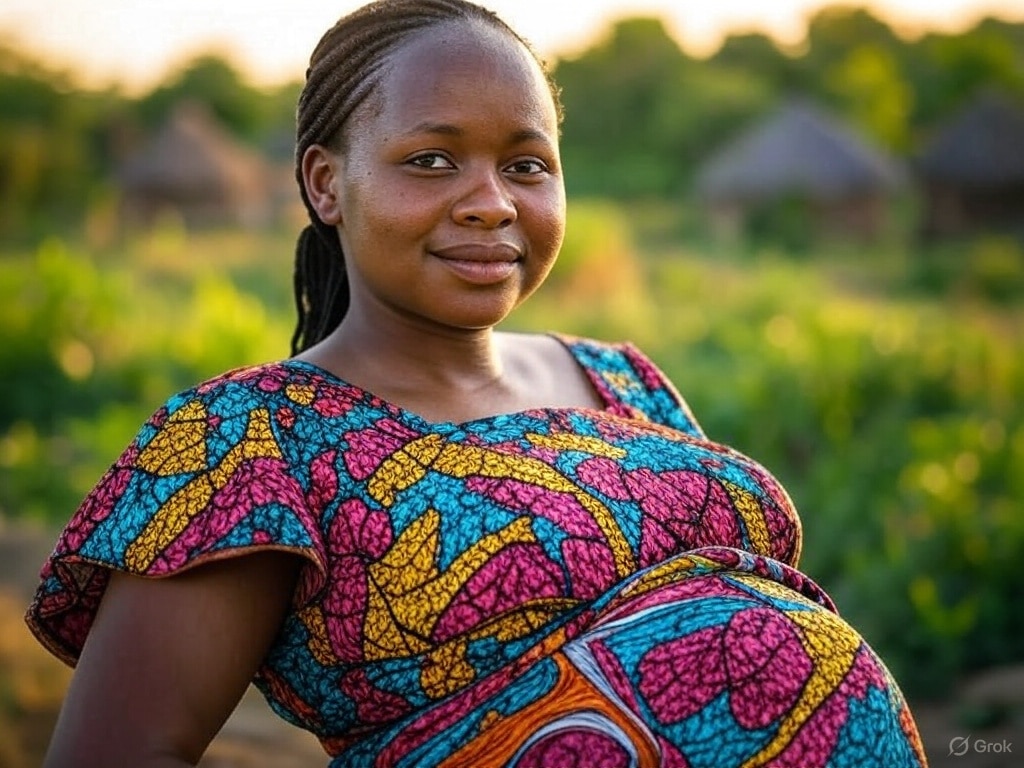
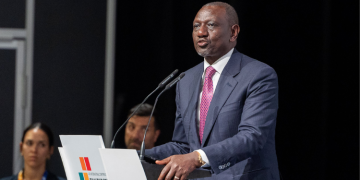







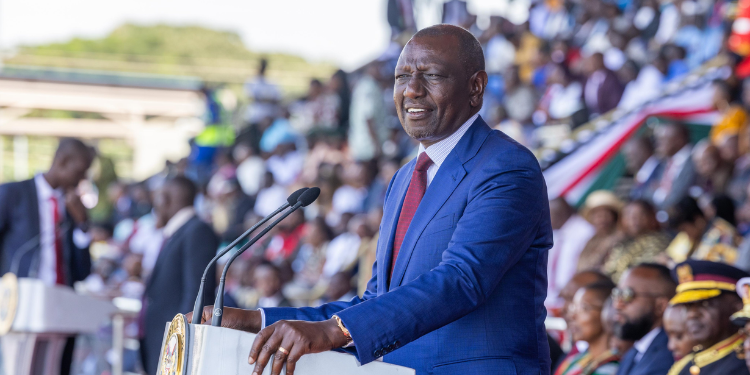

















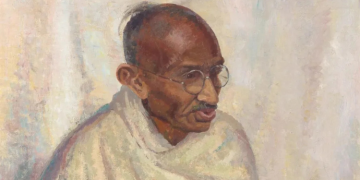



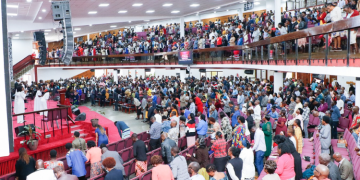



![Debate Rages Over Proposed Increase In Legal Drinking Age [Video] Nacada Raises Legal Drinking Age From 18 To 21]( https://thekenyatimescdn-ese7d3e7ghdnbfa9.z01.azurefd.net/prodimages/uploads/2025/07/beer-120x86.jpg)